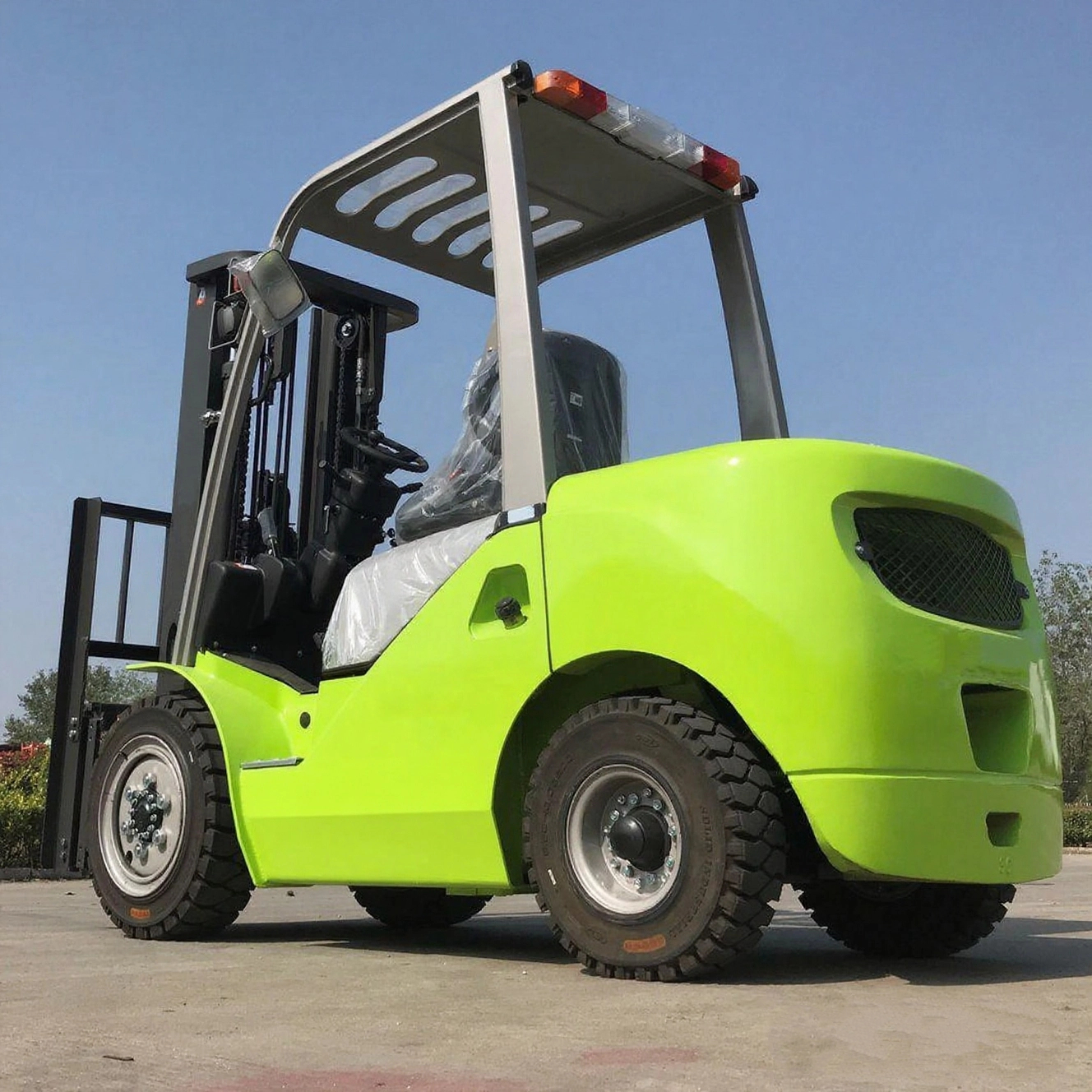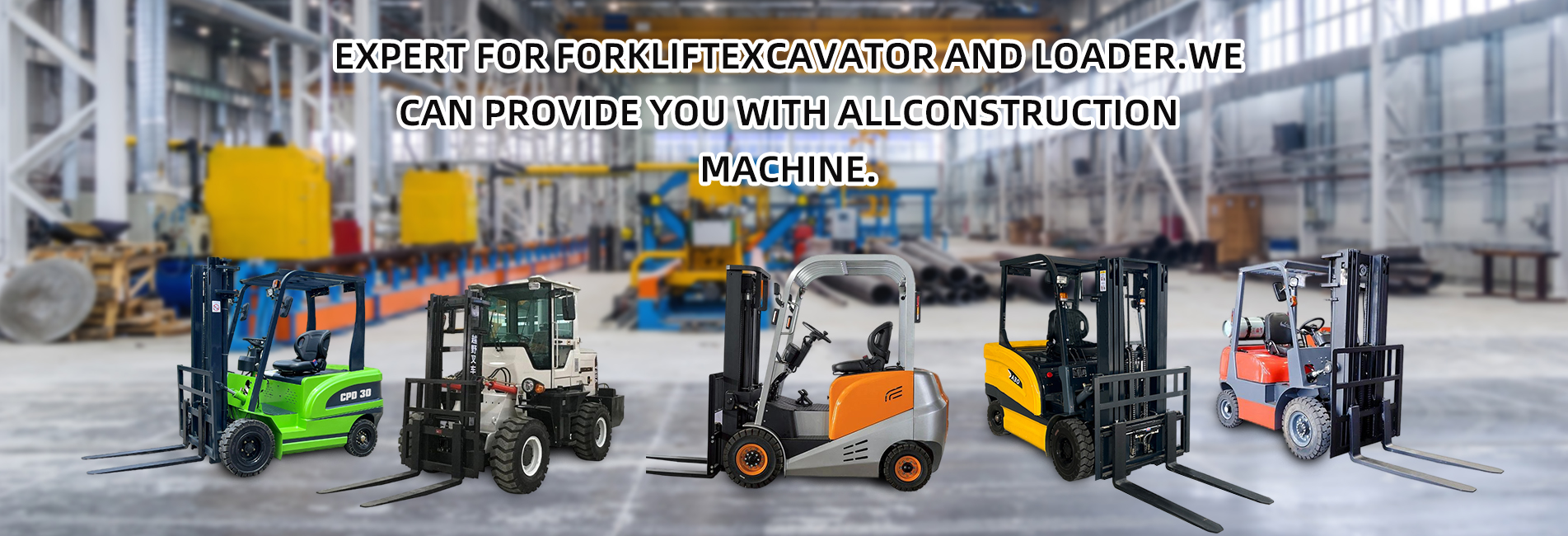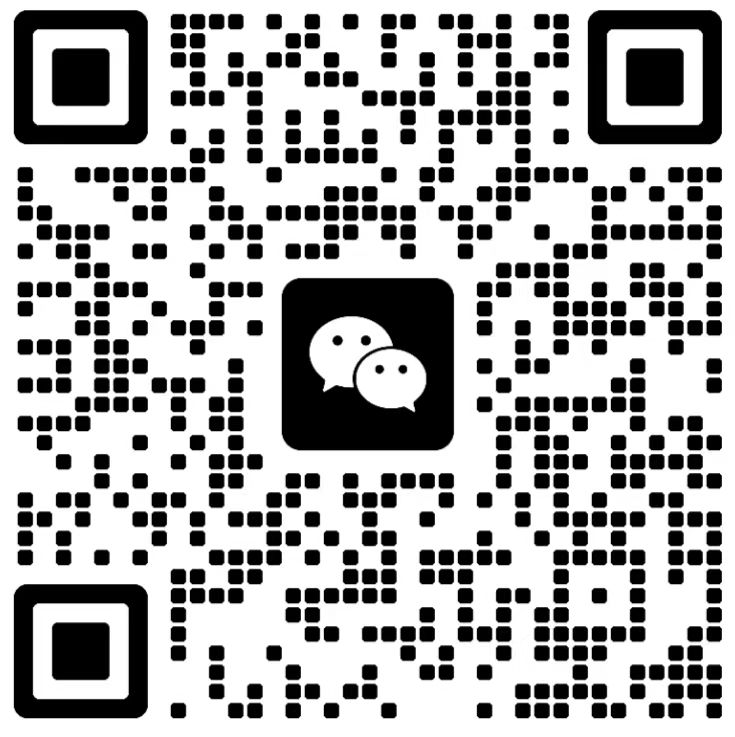Troubleshooting and Maintenance of Electric Forklifts
To troubleshoot and maintain an electric forklift, you should first identify the problem based on its three core systems—power, driving, and hydraulic systems—then conduct targeted inspections. Meanwhile, ensuring operational safety must be prioritized.

I. Core Safety Principles Before Maintenance
- Disconnect the forklift's main power supply and remove the key to prevent accidental startup during maintenance.
- When lifting the forklift, secure it with a dedicated support stand. Never rely solely on hydraulic lifting to support the forklift for maintenance work.
- Wear protective equipment such as insulating gloves and safety goggles, especially when maintaining the battery and electrical circuits.
II. Common Faults and Maintenance Methods for the Three Core Systems
1. Power System Faults (Failure to Start, Short Battery Life)
Fault 1: Failure to Start
- Check the battery: Use a multimeter to measure the voltage. If the voltage is lower than 80% of the rated value, recharge the battery. Inspect the terminal posts for looseness or oxidation; if oxidation is present, polish the affected area with sandpaper and re-tighten the terminals.
- Check the starting components: Verify whether the key switch and contactor are functioning properly. If the contactor makes no clicking sound (indicating no engagement), replace the contactor or inspect the circuit.
Fault 2: Sudden Shortening of Battery Life
- Check individual battery cells: Use an internal resistance tester to detect each battery cell. If the internal resistance is abnormal (either too high or too low), replace the corresponding cell.
- Check the charger: Confirm whether the output voltage and current of the charger match the forklift's requirements. If the charger is damaged, replace it with a charger of the same model.
2. Driving System Faults (Failure to Move, Deviation While Driving, Abnormal Noise)
Fault 1: Failure to Move After Power-On
- Inspect the controller: Check the controller's fault codes (refer to the instruction manual). A common code such as "E01" usually indicates motor overload—stop the forklift, let it cool down, and then restart it. Code "E03" may indicate an encoder fault; inspect the encoder wiring or replace the encoder.
- Check the drive motor: Use a multimeter to measure the resistance of the motor windings. If the resistance is 0 or infinitely high, it means the motor is burnt out and needs to be disassembled for repair or replaced.
Fault 2: Deviation While Driving
- Check the tires: Ensure the air pressure of the left and right tires is consistent (refer to the forklift manual for standard pressure). If the tires are severely worn, replace them. Check whether the tire tread direction is the same—reversed tread will cause uneven grip.
- Check the steering mechanism: Inspect whether the steering tie rods are loose or deformed, and whether the steering knuckle bearings are stuck. Tighten any loose parts; if parts are deformed or stuck, replace them.
3. Hydraulic System Faults (Weak Lifting Force, Oil Leakage)
Fault 1: Slow or Weak Fork Lifting
- Check the hydraulic oil: Open the oil tank cap and check the oil level. If the level is below the scale line, add hydraulic oil of the same model. If the oil is turbid, replace it and clean the oil tank and filter element.
- Check the hydraulic pump: After starting the forklift, listen to the sound of the pump body. If there is abnormal noise or no pressure output, the gears inside the pump may be worn—disassemble the pump for repair or replace the hydraulic pump.
Fault 2: Hydraulic System Oil Leakage
- Check the pipeline connections: Inspect whether the oil pipe joints are loose and whether the gaskets are aged. Tighten any loose joints; replace aged gaskets.
- Check the oil cylinder: Inspect whether the cylinder rod has scratches and whether the seals are damaged. If damaged, replace the corresponding seals or the entire oil cylinder.
III. Post-Maintenance Testing Requirements
- Power Test: After starting the forklift, let it run at idle speed for 5 minutes. Check whether the battery voltage is stable and ensure there are no abnormal alarms.
- Driving Test: Drive the forklift at a low speed in an open area. Test whether the steering and brakes are responsive, and ensure there is no deviation or abnormal noise.
- Hydraulic Test: Lift and lower the empty forks 3 times. Observe whether the lifting/lowering speed is uniform and ensure there is no oil leakage or jamming.



